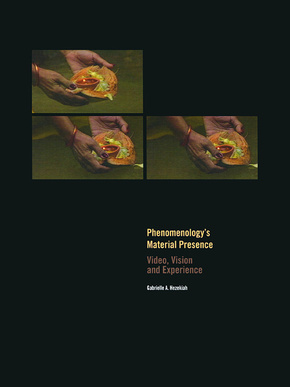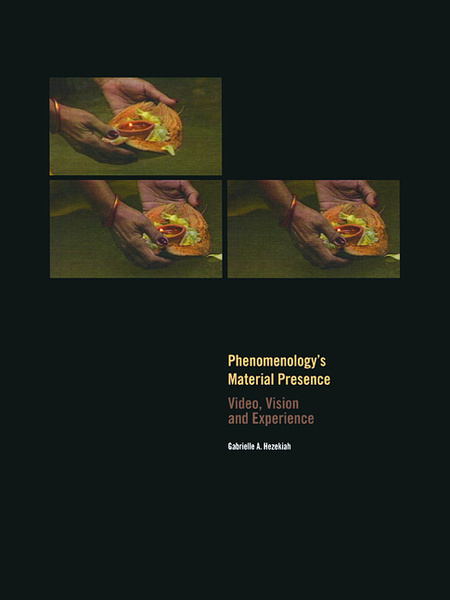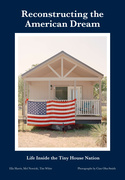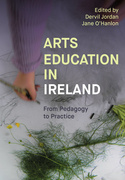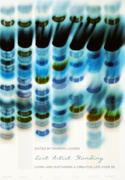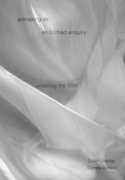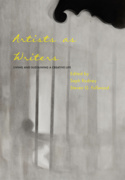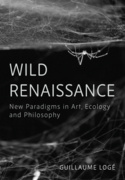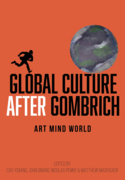Phenomenology's Material Presence (Book)
Video, Vision and Experience
This book draws on work in phenomenology, embodiment and cinema and extends the field by examining metaphysical presence in postcolonial cinema. Through a meditation on three experimental videos by Trinidadian filmmaker Robert Yao Ramesar, this book makes the case that video performs an act of phenomenological inquiry.
Edition
Phenomenology’s Material Presence: Video, Vision and Experience is an exploration of phenomenology and the aesthetics of the moving image. Drawing on the insights of Edmund Husserl, Martin Heidegger and Maurice Merleau-Ponty, this seminal work addresses key questions related to the notion of encounter in cinematic viewing. How does video make visible the act of looking and the act of being seen? How does it intimate the presence of that which cannot be seen? What is the role of video’s material body in facilitating this process? Using a poetic essay style, and three videos by Trinidadian film-maker Robert Yao Ramesar, this book suggests that video performs its own act of phenomenological inquiry. Phenomenology’s Material Presence invites the reader to explore the role of consciousness in our experience of the visual and brings continental philosophy and postcolonial cinema into conversation.
Gabrielle A. Hezekiah is an independent scholar who has written widely on cinema.
Phenomenology’s Aims and Methods; Phenomenology’s Material Presence
Performing the Reduction; Memory and Dream; Movement, Memory and Consciousness; “The Thetic Role of Consciousness”
The “Concretion of Visibility”; Possession, Embodiment and Consciousness; Ecstasis, Temporality and the Dasein
The Enfoldment in Time; Being, Consciousness and Time
'Beautiful and daring, this book came as a breathtaking surprise. Rather than use art to illustrate philosophical concepts, Gabrielle Hezekiah shows that art (in particular, the innovative and beautiful video work of Robert Yao Ramesar) can carry out philosophy itself. Avoiding the more obvious postcolonial approach, she instead places Ramesar's work and audience at the center of a phenomenological inquiry. With this innovative approach she is able to broach delicate questions of being, spirituality, and transcendence that most scholars dare not touch.'

